Field Insights
Scouting Lessons From Cotton
Cotton growers and researchers have learned to be nimble as pests and selection pressures change.
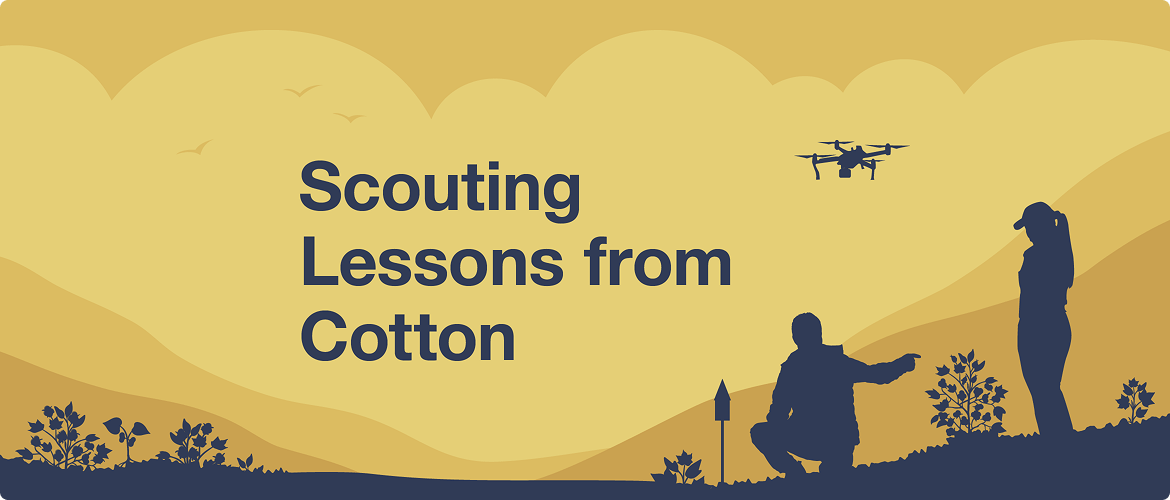
April 2025
| BY by syngenta thrive
< 1 Min Read
One of the main takeaways from scouting is Mother Nature finds a way. Pests change when selection pressure changes, and scouts must adjust to stay a step ahead.
The history of cotton scouting gives us insight into how the practice evolved in other crops.
Mid 1920s: North Carolina cotton reached almost 2 million acres.
Late 1960s: Acreage dropped to about 50,000 acres when J.R. Bradley, Ph.D., arrived in the state.
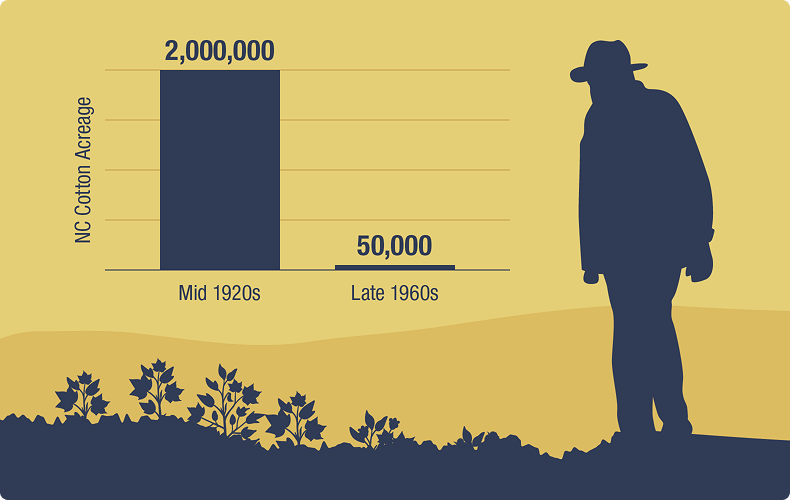
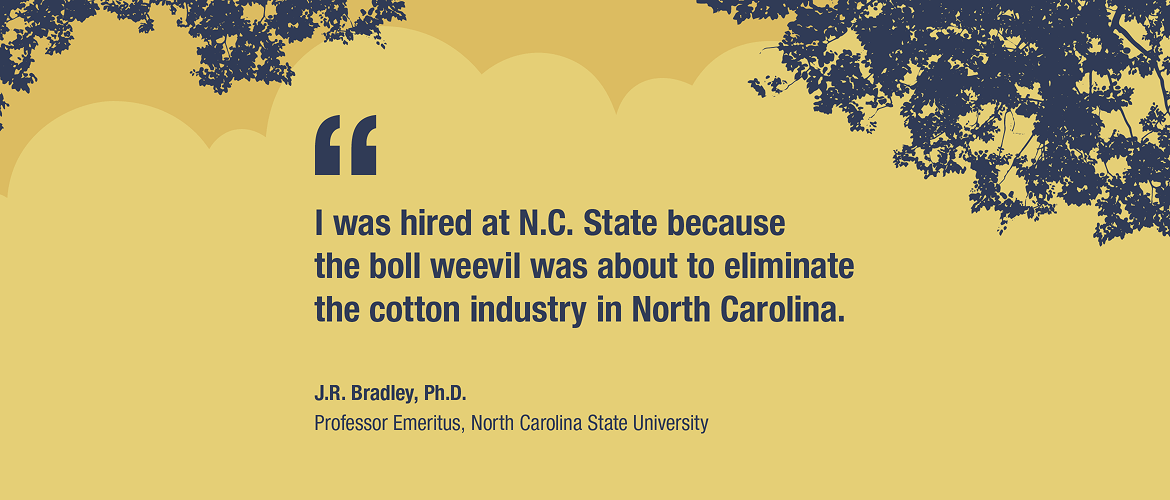
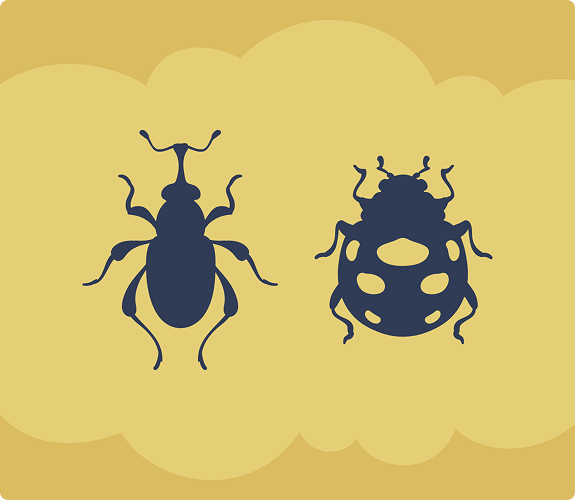
When growers had to spray for boll weevil, they sprayed so often that the treatments killed off most other insects, including those beneficial in the field.
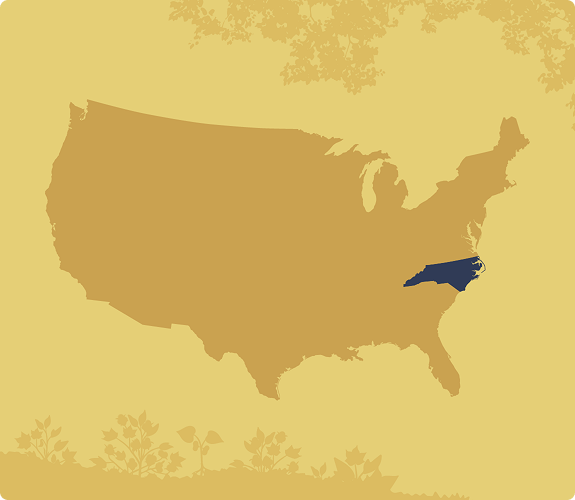
The National Cotton Council called for volunteers to campaign for a boll weevil eradication program in their communities. Marshall Grant, a farmer, was key in getting that legislation passed in North Carolina.
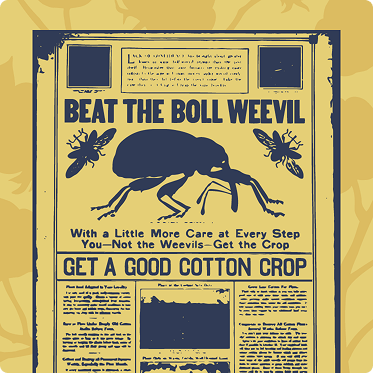
Once the Boll Weevil Eradication Program was successfully executed, growers could reduce their frequency of spray treatments.
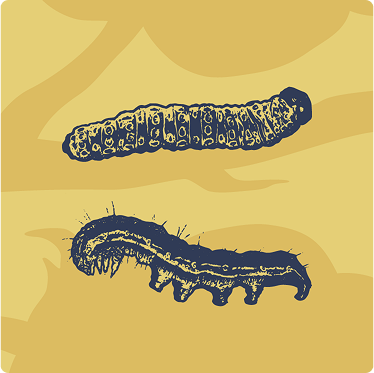
European corn borer and tobacco budworm replaced boll weevil as the major pests.

Spray treatment thresholds were very important for worm eggs in cotton. When thresholds were reached, it was time to treat.
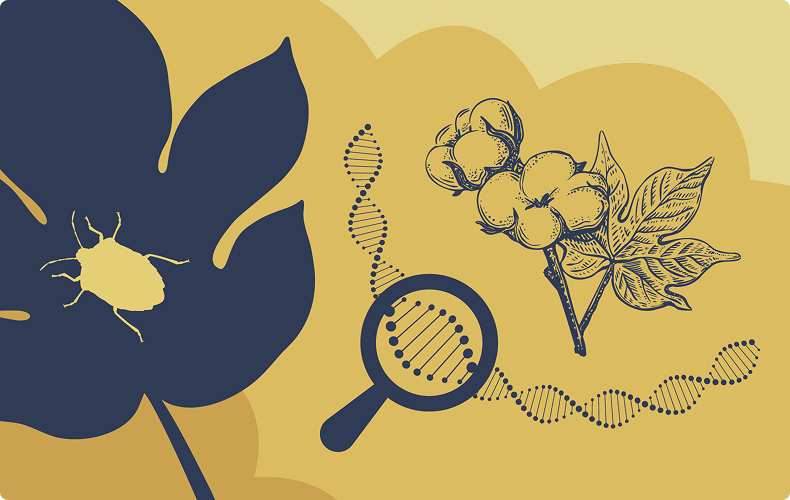
Bt cotton, which is toxic to the larvae of bollworms and tobacco budworms, was released in the 1990s. Bt cotton technology was so effective at managing worms that insecticide applications declined and new stink bugs and plant bugs became foremost cotton pests.
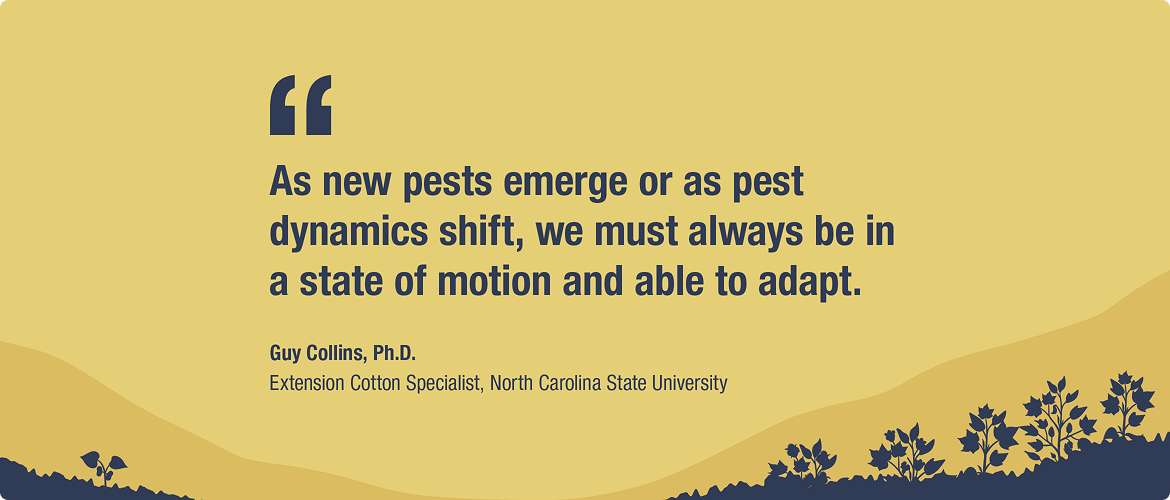
Cotton scouts still look for plant bugs, stink bugs and the damage they cause. There is no substitute for boots on the ground, but new technologies like satellite, airplane and drone imagery arm scouts with better knowledge.














